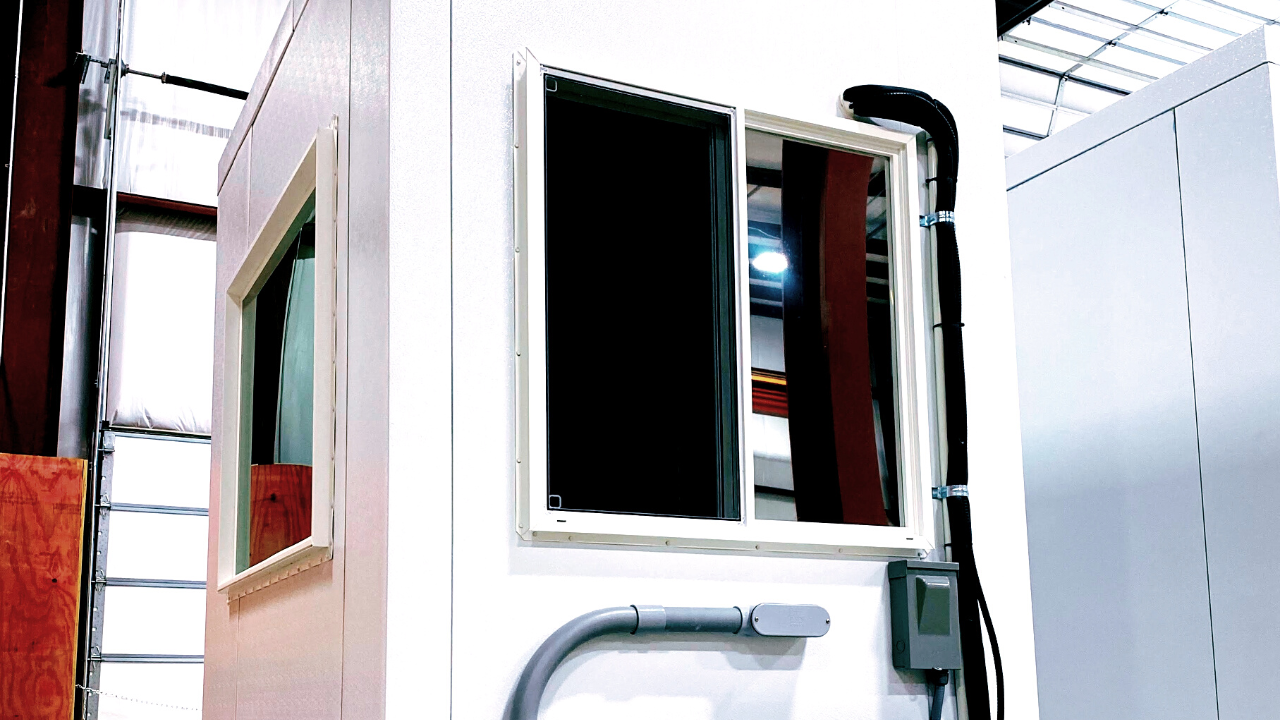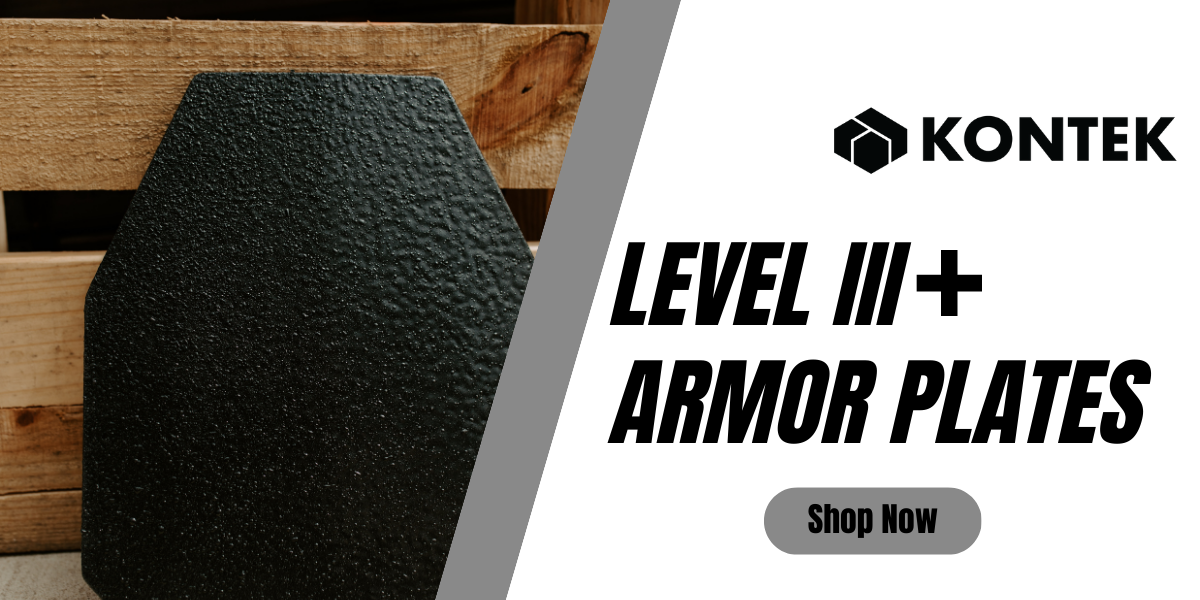
Environmental enclosures are rapidly becoming necessary for many industries and applications, providing a secure and controlled environment for personnel and equipment. These versatile structures come in various sizes, materials, and styles, providing benefits such as improved environmental control, temperature regulation, and protection against hazardous materials. This article will explore the advantages of environmental enclosures, the available types, and best practices for proper installation and maintenance. Whether you are in the healthcare industry, law enforcement, military, or critical infrastructure, environmental enclosures can provide a safe and secure environment for your personnel and equipment.
Benefits of Environmental Enclosures
Environmental enclosures offer a range of benefits that can significantly improve facilities’ safety, comfort, and energy efficiency across various industries. One of the most significant advantages of environmental enclosures is their ability to improve environmental control. By creating a controlled environment, enclosures can help regulate temperature and humidity and protect against dust and debris. This level of control is fundamental in industries such as healthcare, education, and critical infrastructure installations where maintaining optimal environmental conditions is crucial.
Temperature regulation is another crucial benefit of environmental enclosures. By providing insulation, enclosures can regulate temperature and reduce energy costs. This makes them ideal for environments that require specific temperature conditions, such as cleanrooms, laboratories, and data centers. Furthermore, enclosures can reduce the need for HVAC systems and lower energy requirements, which can help organizations reduce their carbon footprint and save money on energy bills. With improved temperature regulation, facilities can improve energy efficiency while maintaining optimal environmental conditions.
Types of Environmental Enclosures
Environmental enclosures come in various styles and materials to suit many applications and environments. One of the most common materials used to construct environmental enclosures is steel. Steel enclosures are durable and offer excellent protection against the elements, making them ideal for outdoor use. Aluminum is another popular material used in the construction of environmental enclosures, and it is lightweight and corrosion-resistant, making it suitable for use in marine and coastal environments. Fiberglass is another option that provides excellent insulation and is ideal for use in environments with extreme temperatures.
Environmental enclosures also come in different styles to suit various applications. Walk-in enclosures are typically used for smaller applications, such as housing electrical equipment or storage. Drive-in enclosures are more extensive and can accommodate vehicles, machinery, or larger equipment. Enclosures can also be customized to meet specific needs, including size, shape, and special features such as insulation, lighting, and access control.
Special features such as insulation, lighting, and access control are critical in keeping personnel safe inside an environmental enclosure. Insulation helps regulate temperature and protects workers from harsh weather conditions, while lighting provides adequate illumination inside the enclosure, preventing accidents and injuries. Access control allows organizations to restrict access to the enclosure, ensuring the safety and security of workers inside. With these safety features, environmental enclosures can provide a secure working environment for personnel, keeping them safe and protected while they perform their tasks.
Installation & Maintenance
Proper installation of an environmental enclosure is critical to ensure its safety and effectiveness. The first step in the installation process is to ensure that the enclosure is placed on a level surface to prevent instability or shifting. The enclosure should also be anchored securely to the ground to prevent it from dislodging by extreme weather conditions such as strong winds. Following the manufacturer’s instructions and ensuring all components are assembled correctly is essential during installation. Failure to do so may result in safety hazards, reduced effectiveness, or even equipment damage. It is also crucial to regularly inspect the enclosure to ensure it remains secure and in good working condition.
Maintenance is also critical to ensure an environmental enclosure’s long-term safety and effectiveness. Regular cleaning and inspection are necessary to prevent the buildup of dust, debris, or other materials that could compromise its integrity. Maintenance should include checking for signs of wear and tear, such as corrosion or rust, and repairing any damage immediately. To ensure maximum efficiency, it is recommended to perform regular checks of the HVAC system, ventilation, generators, and backup power. Any necessary repairs or maintenance should be done promptly to ensure the enclosure remains fully operational.
Conclusion
In conclusion, environmental enclosures are a smart investment for any facility looking to optimize performance and ensure personnel safety. With benefits like improved environmental control, energy efficiency, and protection against hazardous materials, it’s clear that environmental enclosures are a valuable addition to any workspace. Kontek Industries’ Environmental Enclosure is an excellent option for those looking for a fully modular solution adaptable to various industries and applications. With a range of sizes, materials, and special features available, our environmental enclosure can be customized to fit the specific needs of your facility.
Kontek’s Environmental Enclosure is a fully modular solution that boasts an easy-to-set-up design with a cam-lock system, making installation quick and hassle-free. This versatile enclosure comes in various sizes, including 4’ x 6’, 6’ x 8’, and 10’ x 12’, with custom sizes available to meet your specific needs. The enclosure’s lightweight, wind and weather-rated foamed insulated panels ensure that it can withstand even the harshest elements, with a weatherproof design that provides superior protection. The option of stainless steel or aluminum flooring adds to the enclosure’s durability and versatility, with mobile and static enclosures available to meet your unique requirements.
With years of experience and a commitment to innovation, Kontek Industries is dedicated to providing the highest quality products and customer service. Don’t wait any longer to optimize your facility’s performance. Contact Kontek Industries today to learn more about our Environmental Enclosure and how it can benefit your facility.
.png?width=9216&height=2304&name=Blog%20Image%20Roll%20(2).png)


